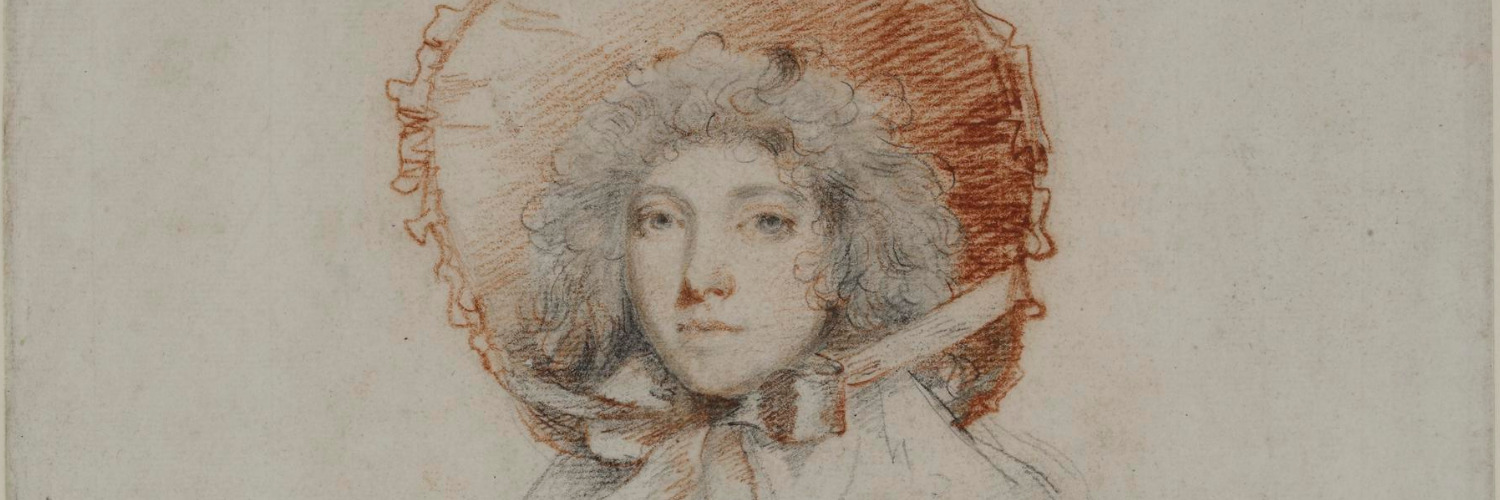About this Edition
This electronic edition of Mary Robinson’s Nobody (Drury Lane, 1794) is the first to present a widely available and searchable transcript of the play along with a comprehensive introduction, extensive notes by the editor, and contexts of the drama. The open-access format and the accompanying contextual materials make this edition ideal for teaching and research.
Based on the only surviving manuscript of the play (LA 1046) housed in the Larpent collection at the Henry E. Huntington Library in San Marino, CA, this edition reproduces the clean copy made by the theater and submitted to the Licensor of Plays. It is an edition that presents few difficulties for transcription. I have made only the following minor alterations:
-
In the manuscript, the epilogue immediately follows the prologue. I have moved the epilogue to the end of the play in keeping with the order in which it would be performed.
-
I have not reproduced page numbers and have not maintained the line breaks as they appear in the manuscript. Accordingly, I have also removed hyphens when they appear in words across line breaks.
-
In the manuscript, end punctuation is sometimes omitted in sentences that conclude at the right margin of the page. I have inserted appropriate punctuation in brackets to mark these instances, but only when a sentence of this sort is followed by another complete sentence, spoken by the same character.
-
I have deleted repetitions of text when they provide no further information. For instance, in the manuscript, two subsequent pages indicate the beginning of “Act 2.” I have therefore omitted one of these instances.
-
In the manuscript, periods or colons appear at the end of characters’ names, though not always, and this punctuation is sometimes underlined. For consistency, I have inserted a period at the end of all character names but do not underline the period.
I have otherwise maintained the characteristic features of the manuscript, including format, spelling, capitalization, punctuation, act and scene headings, and stage directions. My aim has been to present, as closely as possible, the state of the play in 1794, when it was submitted for production.
The contexts section of this edition—comprised of a collection of newspaper puffs and reviews, visual satire, and poetry and prose extracts—provides a snapshot of the build up and intense reaction to the staging of Nobody. Contemporary texts, images, and commentary uncover the historical and cultural framework within which Robinson produced her drama and, as such, offer insight into how Nobody engages some of the most pressing socio-political issues of the day.
About The Editor
Terry F. Robinson is an Assistant Professor at the University of Toronto. Her current book project examines how eighteenth-century histrionic theory and practice influenced literary, artistic, and cultural innovation in the Romantic period. She is co-editor of the essay collection Transnational England: Home and Abroad, 1780-1860 (Cambridge Scholars, 2009), and her articles have appeared in Nineteenth-Century Literature, the European Romantic Review, and Studies in Romanticism, among others. In 2010, she was awarded the Nineteenth-Century Studies Association best essay prize for “Mary Robinson and the Dramatic Art of the Comeback.”
About The Design
This edition was designed and TEI-encoded at the University of Maryland by Michael Quilligan, Site Manager at Romantic Circles. Laura Mandell developed the modified versions of the transforms provided by the TEI that were used to convert the TEI files into HTML. TEI renders text archival quality for better preservation and future access. The image associated with this edition includes elements from Thomas Rowlandson's The Gaming Table at Devonshire House (1791).
Acknowledgments
I would like to thank the Henry E. Huntington Library, namely Sue Hodson, for granting permission to reproduce Nobody online and Meredith Berbée and Catherine Wehrey for their helpful assistance with the manuscript. I am also indebted to Jeffrey N. Cox, Taryn Hakala, Daniel Robinson, and Dana Van Kooy for reading various portions of this edition and for providing constructive and insightful feedback. Many thanks are due as well to Romantic Circles, particularly to Tilar Mazzeo for her fast and friendly responses and to my blind reader for valuable recommendations concerning formatting and notations. This edition has also benefited from the publication of The Works of Mary Robinson (London: Pickering & Chatto, 2010), particularly with regard to William D. Brewer’s insights into Robinson’s drama.

